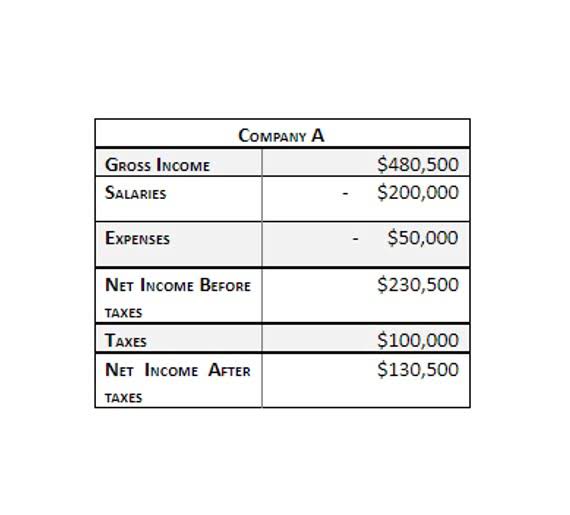Which Transactions Affect Retained Earnings?

A summary report called a statement of retained earnings is also maintained, outlining the changes in RE for a specific period. In such a case, the adjusting journal entries are used to reconcile these differences in the timing of payments as well as expenses. The journal entry is debiting retained earning $ 2,000 and credit accounts payable $ 2,000. When we want to record the prior revenue, it will increase the profit, so it will increase the retained earnings as well. At the end of an accounting period, you must make an adjusting entry in your general journal to record depreciation expenses for the period. The IRS has very specific rules regarding the amount of an asset that you can depreciate each year.
Q: Is Retained Earnings a debit or credit?
After 12 full months, at the end of May in the year after the business license was initially purchased, all of the prepaid taxes will have expired. If the company would like to continue to do business in the upcoming year, it will have to prepay again. Let’s assume you used $100 of the $1,000 of supplies you purchased on 6/1.
Prepaid Rent – Deferred Expense
Accrued expenses are expenses incurred in a period but have yet to be recorded, and no money has been paid. Interest can be earned from bank account holdings, notes receivable, and some accounts receivables (depending on the contract). Interest had been accumulating during the period retained earnings adjusting entry and needs to be adjusted to reflect interest earned at the end of the period. Note that this interest has not been paid at the end of the period, only earned. This aligns with the revenue recognition principle to recognize revenue when earned, even if cash has yet to be collected.
Balance Sheet (BS)
If you DON’T “catch up” and adjust for the amount you used, you will show on your balance sheet that you have $1,000 worth of supplies at the end of the month when you actually have only $900 remaining. In addition, on your income statement you will show that you did not use ANY supplies to run the business during the month, when in fact you used $100 worth. The company has accumulated interest during the period but has not recorded or paid the amount. You cover more details about computing interest in Current Liabilities, so for now amounts are given.

You prepaid for a one-year business license during the month and initially recorded it as an asset because it would last for more than one month. By the end of the month some of the prepaid taxes expired, so you reduced the value of thisasset to reflect what you actually had on hand at the end of the month ($1,100). To transfer what expired, Taxes Expense was debited for the amount used and Prepaid Taxes was credited to reduce the asset by the same amount. Any remaining balance in the Prepaid Taxes account is what you have left to use in the future; it continues to be an asset since it is still available. At the end of the month 1/12 of the prepaid rent will be used up, and you must account for what has expired.
If the company had not retained this money and instead taken an interest-bearing loan, the value generated would have been less due to the outgoing interest payment. Retained earnings offer internally generated capital to finance projects, allowing for efficient value creation by profitable companies. However, note that the above calculation is indicative of the value created with respect to the use of retained earnings only, and it does not indicate the overall value created by the company.
- Retained earnings belong to the shareholders of the company and the company’s board of directors can decide to pay them out as dividends, in part or whole.
- At the end of each accounting period, businesses close out their revenue and expense accounts, summarizing them into a temporary account known as the Income Summary Account.
- Alternatively, a large distribution of dividends that exceed the retained earnings balance can cause it to go negative.
- Prior period adjustments can either increase or decrease net income depending on the type of adjustment being made.
- The net balance (revenue – expenses) of this account is then transferred to Retained Earnings through closing entries.
Accrual accounting is based on the revenue recognition principle that seeks to recognize revenue in the period when it was earned, rather than the period when cash is received. Both revenue and retained earnings are important in evaluating a company’s financial health, but they highlight different aspects of the financial picture. Revenue sits at the top of the income statement and is often referred to as the top-line number when describing a company’s financial performance. In essence, Retained Earnings represents the accumulated profits that a company has kept over time. This account is part of the Share Capital section of a company’s balance sheet and can be used for reinvestment in the business or to pay down debt. Communicate a clearer picture of the organization’s financial position or future financial intentions by appropriating the retained earnings account.

Shareholder equity is located towards the bottom of the balance sheet. There are two ways this information can be worded, both resulting in the same adjusting entry above. During the month you will use some of this rent, but you will wait until the end of the month to account for what has expired.

Understanding Adjusting Journal Entries
